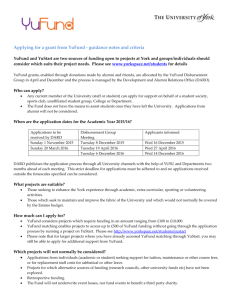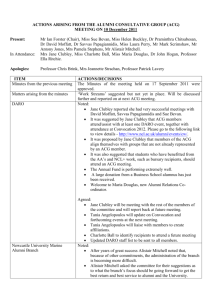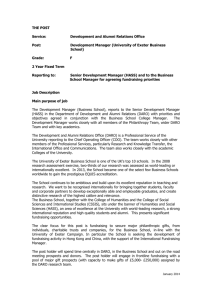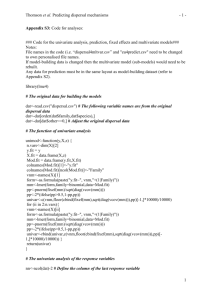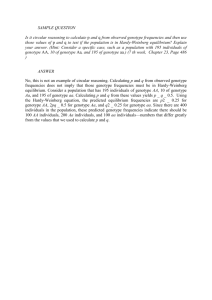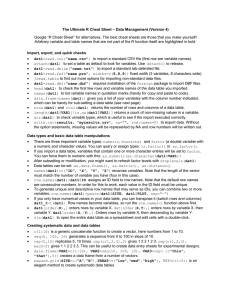Supplementary Information 1
advertisement
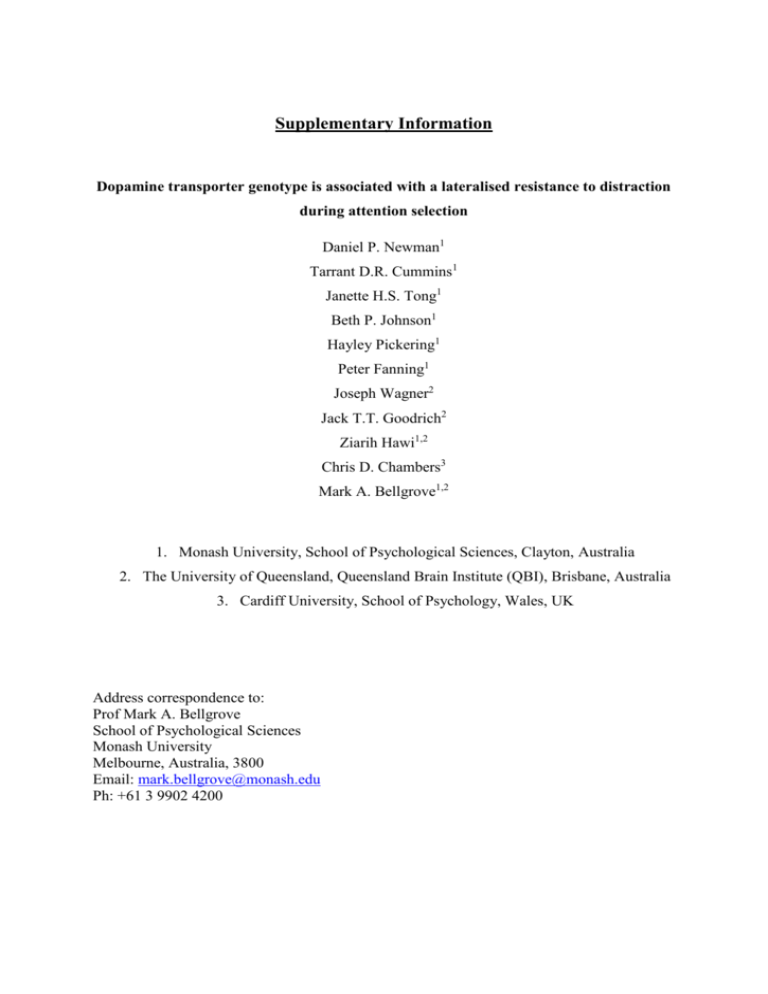
Supplementary Information Dopamine transporter genotype is associated with a lateralised resistance to distraction during attention selection Daniel P. Newman1 Tarrant D.R. Cummins1 Janette H.S. Tong1 Beth P. Johnson1 Hayley Pickering1 Peter Fanning1 Joseph Wagner2 Jack T.T. Goodrich2 Ziarih Hawi1,2 Chris D. Chambers3 Mark A. Bellgrove1,2 1. Monash University, School of Psychological Sciences, Clayton, Australia 2. The University of Queensland, Queensland Brain Institute (QBI), Brisbane, Australia 3. Cardiff University, School of Psychology, Wales, UK Address correspondence to: Prof Mark A. Bellgrove School of Psychological Sciences Monash University Melbourne, Australia, 3800 Email: mark.bellgrove@monash.edu Ph: +61 3 9902 4200 Supplementary Information 1 Below we report the crucial effects from the results section (Figure 2A and 2B in the main article) analysed without the use of covariates. As expected, removing the covariates reduces the sensitivity of the analyses, but importantly the key effects still hold. Omnibus Task-component Analyses This analysis revealed a significant DAT1 x Stimulus Laterality interaction [F(2,515)=4.3, p=.014]. Critically this was modified by a significant three-way interaction of DAT1 x Task-Component x Stimulus Laterality [F(6,1545)=2.3, p=.05] indicating that DAT1 genotype modulated task-specific effects of the various task-irrelevant stimuli on RT. While the same analysis for %Errors revealed no DAT1 x Task-Component x Stimulus Laterality interaction [F(6,1545)=0.6, p=.7]. Thus the key results from the omnibus analysis stand without the use of covariates. Spatial Competition Task The DAT1 x Distractor Hemi-field (predominantly left vs. predominantly right hemifield) x Display Type (unilateral, bilateral) ANCOVA revealed a significant interaction of DAT1 genotype and distractor hemi-field for the set-size effect [F(2,515)=4.1, p=.017, 𝜂𝑝2 =.02] and no other significant effect involving DAT1. For right hemi-field distractors, the set-size effect did not differ significantly between the zero 10-repeat, one 10-repeat, and two DAT1 10-repeats groups (p>.41). For left distractors, however, the set-size effect was significantly smaller in the zero 10-repeat group than in both the one 10-repeat (p=.036) and two DAT1 10-repeat groups (p=.018), which did not differ significantly from each other (p=.70; see Figure 2A). This analysis thus indicates an enhanced resistance to left-sided distraction in participants with zero copies of the DAT1 10-repeat allele compared to those with two copies of the DAT1 10-repeat allele. So the key results from the analysis presented in the main article stand without the use of covariates. Spatial Competition Task Reorienting Cost Reorienting cost was generally lower in the zero DAT1 10-repeat group compared with the other groups. Specifically, the cost of reorienting from left cues in the zero 10-repeat group was significantly reduced relative to the one 10-repeat group (p=0.012) and tended to differ in the same direction from the two 10-repeat group (p=0.063,). There were no DAT genotype effects for right cues (all p>0.5). Thus, after removing the covariates the key effects still hold. Supplementary Information 2 In the results section of the main article we report a significant three-way DAT1 x Distractor Hemifield x Set-Size [F(2,511)=5.5, p=.004, 𝜂𝑝2 =.02] interaction in the competition task RT data. No significant four-way interaction (p=.70) and no significant interactions involving the remaining factor of Display Type were detected. For the sake of transparency the interaction of DAT1 genotype, Distractor Hemifield and Set-Size are plotted separately for unilateral and bilateral display types in Figure S1, below. Figure S1. Mean RT set-size effects for (A) Unilateral Displays and (B) Bilateral Displays, plotted according to distractor hemifield and DAT1 genotype. The RT set-size effect for left distractors was reduced in the zero-repeats group for Unilateral and Bilateral. The lack of any interactions involving Display Type (Unilateral vs. Bilateral) justified the collapsing of data in the unilateral and bilateral display type conditions. Error bars are ±1 SE. Supplementary Information 3 The figures below depict absolute RT values for the spatial competition, spatial cueing and flanker tasks, as opposed to the set-size, reorienting and incongruence effects (respectively) depicted for the tasks in the main article. Figure S2. Spatial Competition Task mean RT as a function of distractor hemifield, set-size and DAT1 genotype. Error bars are ±1 SE. Figure S3. Spatial Cueing Task mean RT as a function of cue hemifield, cue type and DAT1 genotype. Error bars are ±1 SE. Figure S4. Flanker Task mean RT as a function of flanker direction, flanker type and DAT1 genotype. Error bars are ±1 SE.
